Wine, also called nectar of the gods, is the wonderful fruit of the vine that has different organoleptic characteristics depending on the year, grape variety, aging, terroir, winemaking system. Discovering its innermost secrets is the challenge faced by sommeliers, winemakers and enthusiasts. Through the olfactory examination during the wine tasting it is possible to enjoy the extraordinary bouquet composed of characteristic scents and aromas. To achieve this, however, you need to have tasting tools to enhance its qualities. Our wine glasses are available in various sizes and models that respond exactly to the type of wine you are going to taste. Whites, reds, rosés, sparkling wines and passito wines will find the tool capable of enhancing its qualities. In the assortment there is no shortage of universal tasting glasses or INAO.

Olfactory examination of wine: scents and aromas that identify its essence
The olfactory examination of the wine is the second phase of the complete tasting. This operation follows the visual examination which aims to evaluate the color, transparency and brilliance of the liquid in the glass. The various phases represent a harmonious succession of actions that complement each other in order to extract the true essence of the wine in question. The olfactory examination is divided into actions:
- Bring the glass to your nose with a slight inclination for no more than 4 seconds. Time is crucial in avoiding addiction.
- He approaches the glass again trying to steal the aromas that gradually reveal themselves to the nose of the taster.
- By swirling the glass, the secondary scents have the opportunity to hover in the air to reach the nostrils of the taster. Thus begins to form the so-called bouquet, that is the set of aromas released by the wine.
The aromas of wine are divided into:
- Primaries related to the vine. To this category belong the aromatic varietal ones as in the case of Moscato and Traminer, those associated with the soil, the exposure, the degree of ripeness of the grapes.
- Secondary are the aromas that are formed during the vinification and subsequent fermentation. Hence, you are likely to experience vegetable, yeast and alcohol aromas in your wine glasses.
- Tertiaries which include all the aromas and scents deriving from the refinement and aging of the wine. They can be traced back to toasted, vanilla, spicy and ethereal notes depending on the type of aging undergone by the wine.
Another classification of perfumes can be made according to the aromatic components:
- Fruity if they recall unripe, ripe, red, white-fleshed or yellow-fleshed fruit. They are recognizable, for example, in Chardonnay-based wines as there are flavors of fruits such as pineapple and exotic fruits. Similarly, it is easy to recognize hints of black cherries and cherries in glasses containing Sangiovese-based wine.
- Floral are those that resemble both white and red flowers. Jasmine, hawthorn, rose, acacia are among the clearly recognizable scents that stand out first.
- Spiced reminiscent of pepper, cinnamon, licorice
- Toasted are those that evoke toasted, smoked, cocoa, coffee and tobacco notes
They talk about wine, its vinification, refinement and the potential subsequent aging. The attentive taster is able to read, through the glass, the history of wine. A real magic that translates into the conviviality of savoring years of work in the vineyard and cellar.
Olfactory examination: final judgment
The olfactory examination, therefore, is one of the stages of tasting in order to arrive at expressing a final judgment on the wine tasted. The yardstick of the sensory quality of the liquid under examination is divided into a scale:
- Intensity is the strength with which they manifest themselves at first impact. It depends on a series of factors related to the grape variety of origin, the vinification method, the processing and service temperatures. The set of these variables defines the olfactory intensity of the wine in glasses which can be classified according to a scale of values:
• not very intense
• quite intense
• intense
• very intense
- Complexity, on the other hand, is linked to the taster's experience. In fact, based on his knowledge of the typical aromas of wine, he will be able to find a more or less significant number of recognizable hints. As for the intensity, also for the complexity it is possible to draw up a descriptive scale to indicate the presence of a significant number of scents:
• not very complex
• quite complex
• complex
• very complex
- The quality of the scents, finally, refers to the harmony and finesse perceived during the olfactory examination. The bouquet must be well harmonious and generate a pleasantness of the senses. Harmony in wine glasses is like music: it must generate a clean and fine sound, with no out of tune notes. Disturbing aromas and scents produce a negative result.
Trade fairs: tasting opportunities
The sector fairs dedicated to wine such as Vinitaly, Milano Wine Festival, Prowine and Vitigno Italia are some of the delicious opportunities to savor all this. Glasses of wine and goblets are raised to pay homage to the nectar of the gods that takes on different shades, telling a story-telling through the olfactory examination.



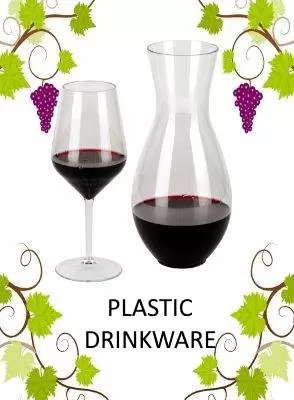







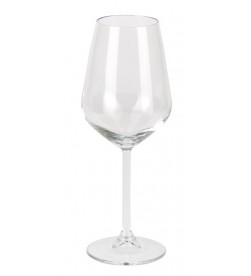







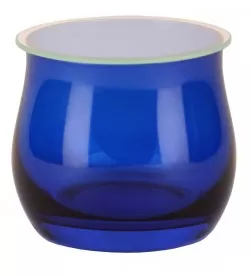











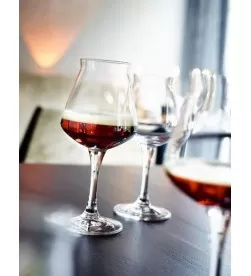







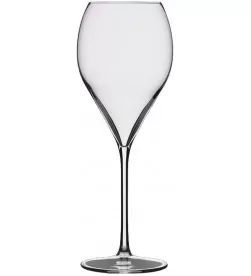

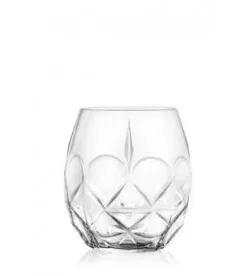






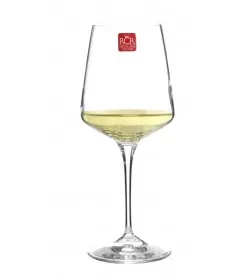





 Tasting
Tasting
 The sommelier's tools
The sommelier's tools
 Tasting events
Tasting events
 Personalized Plastic Glasses: Quality, Design with Plastic Glasses
Personalized Plastic Glasses: Quality, Design with Plastic Glasses
 Hard plastic glasses are essential during summer holidays
Hard plastic glasses are essential during summer holidays
 Crystal glasses and stemware: that subtle transparency
Crystal glasses and stemware: that subtle transparency
 Cantine Aperte at Christmas: Wine Tasting
Cantine Aperte at Christmas: Wine Tasting
 Back to School: Learning to Taste Wine Properly
Back to School: Learning to Taste Wine Properly